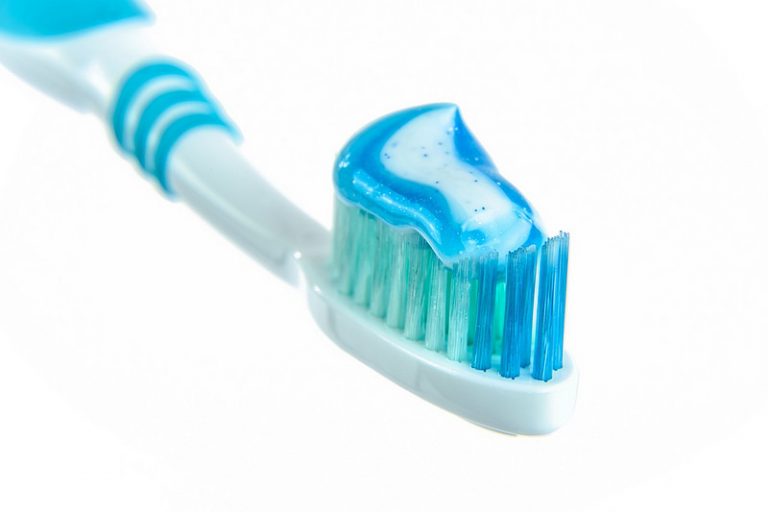
You hear it all the time: Fluoride is good for your teeth and helps prevent tooth decay. But do you know how it works? Visit our blog post about tooth decay if you are interested in learning more about the causes and symptoms. For now, we are going to concentrate on how fluoride combats the effects of tooth decay and the different kinds of fluoride treatments you can get to help prevent these problems with your teeth.
From the moment your teeth begin growing as a child, fluoride is helping protect them from plaque and sugar. Fluoride is a natural element, found in foods and water, that mixes with your enamel and makes your teeth much stronger. Take that, plaque! Even after your teeth are formed, fluoride works with your saliva to protect the enamel on your teeth. Stronger teeth get fewer cavities. Fluoride protects your teeth in three different ways:
1) Fluoride promotes tooth remineralization and helps heal damaged areas on your teeth.
2) Fluoride makes your teeth decay-resistant. The remineralization process also creates a tooth mineral that is harder than the original tooth itself.
3) Fluoride has antibacterial properties and combats the bacteria that cause tooth decay in your mouth.
Fluoride is in your toothpaste and drinking water, but some people may need a little extra dose to keep their teeth happy and healthy. We may prescribe treatments based on the status of your oral health.
1) Topical treatments are applied directly to the tooth enamel. Typical examples of this topical treatment include prescribed toothpaste, mouthwashes, and gels. We often recommend an over-the-counter mouthwash, for instance. Please follow the directions carefully for those products, which may require a longer swish time than you are used to.
We might also suggest fluoride trays, which you can do at home. We will make an impression of your teeth so that the trays fit well, giving your teeth the most exposure to fluoride. Pour the fluoride gel into the tray and apply it to your teeth once a day for five minutes and then remove the tray and spit out the fluoride. Do not swallow the fluoride. However, if you do, drink a large glass of milk, which will combat the possible side effects of fluoride on your stomach.
2) Systematic treatments are swallowed. Examples of systematic treatment include the water and food you ingest. These systemic treatments are also available as drops, tablets, and gels that we can prescribe. We often do this for younger children who find it difficult to wear trays.
Note that any extra fluoride treatments are not a substitute for daily brushing or flossing.
Depending on the status of your oral health, your dentist might recommend fluoride treatments every three, six, or twelve months. We may also recommend additional preventative actions if you have a moderate to high risk of tooth decay. If you have any questions regarding fluoride treatments or how we can help improve the quality of your oral hygiene, contact us today.